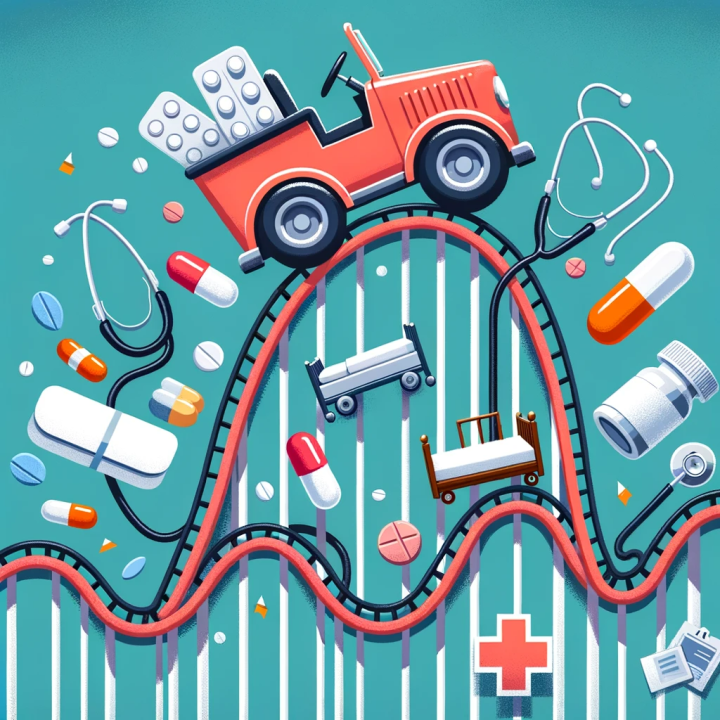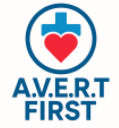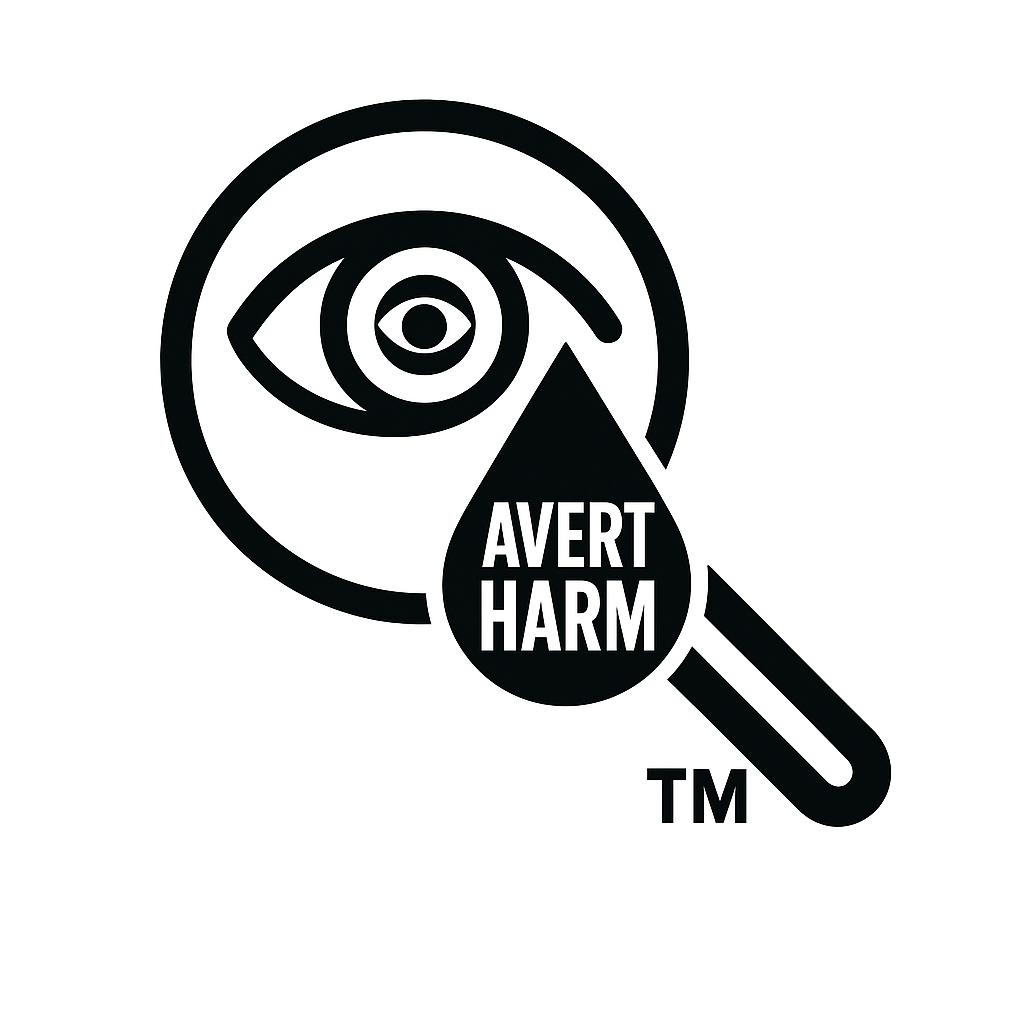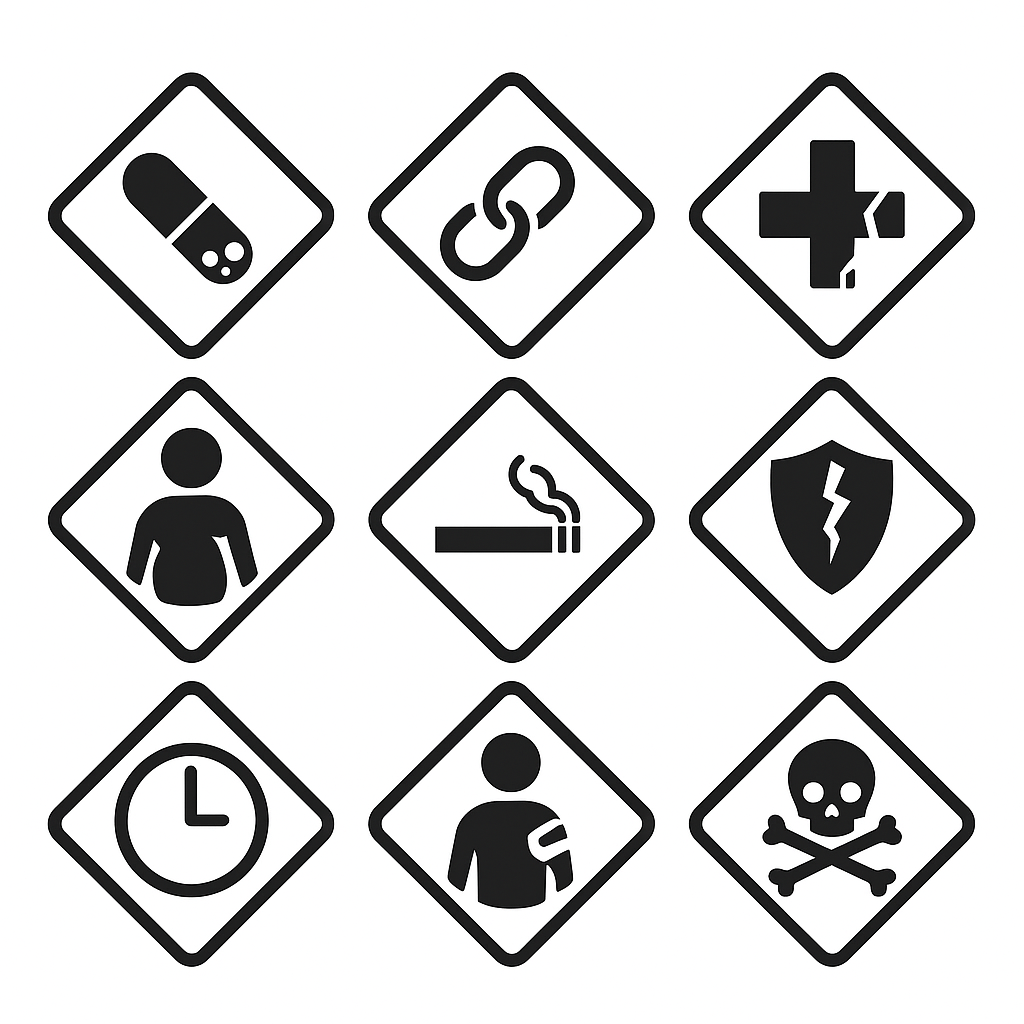
Destabilization and Hidden Harms
Even after stabilization or recovery, the potential for destabilization remains. New stressors, inequities, or systemic failures can re-ignite vulnerability. Emerging risks are often hidden, surfacing only when destabilization occurs. For example, digital misinformation may quietly influence behavior until it triggers a health crisis, or algorithmic bias may invisibly shape access to care until disparities widen.
Awareness and vigilance must therefore extend beyond the immediate crisis and into long-term monitoring. This includes looking for hidden harms—those that are not easily measured but have cumulative effects over time, such as social isolation, chronic stress, or erosion of trust in health systems.
Compensation, Shoulders, and Ramps
Within this dynamic landscape, there are critical transition points:
-
Compensation – A temporary holding pattern that appears functional but drains long-term resilience.
-
Shoulder – A place to pause, reflect, and reevaluate risks before re-engaging. Like pulling over on a roadway, it is a momentary reprieve.
-
Ramp – A structured pathway back into function, safety, or resilience. Ramps represent planned, supported re-entry rather than sudden re-exposure to stress.
Recognizing and designing these transition spaces allows leaders, clinicians, and communities to protect against relapse and to strengthen resilience.
The Endpoints of Inaction
If destabilization and hidden risks are ignored, the pathway leads to injury, illness, crisis, or even death. These are the tragic but preventable outcomes of unaddressed risks and cumulative harm. Importantly, these endpoints are not just about individuals—they also signal systemic failures, social determinants left unaddressed, and missed opportunities for coordinated prevention.
Why Trends Matter
Emerging risks are never static. They evolve with technology, social conditions, and environmental pressures. Maternal mortality disparities, rising youth suicide, chronic illness burdens, digital addiction, and algorithmic bias are all examples of trends that demand vigilance. By staying alert to these shifts, the A.V.E.R.T. Harm mission ensures that communities, clinicians, and leaders are not caught off guard but are prepared to respond to the risks of today and the uncertainties of tomorrow.
A.V.E.R.T. Harm’s Role: Our programs are designed not just to react but to anticipate. We continuously integrate current research, surveillance data, and field observations into our training curricula. By offering specialized modules on topics like digital harms, systemic inequities, and cumulative risks, we prepare participants to recognize patterns before they escalate into crises. A.V.E.R.T. Harm is helping to change the landscape of prevention by equipping communities and leaders with the foresight, tools, and confidence to meet tomorrow’s risks head-on.






